Old Towns
Rapolano Terme
RAPOLANO TERME LISTEN THE AUDIO GUIDE
LISTEN THE AUDIO GUIDE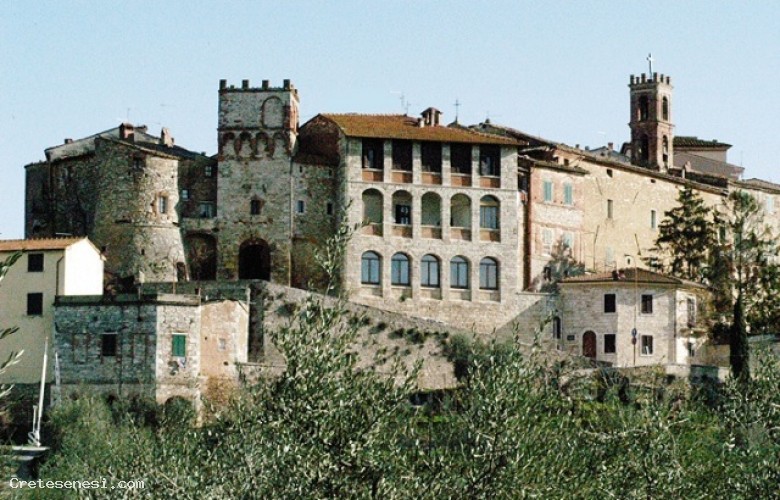
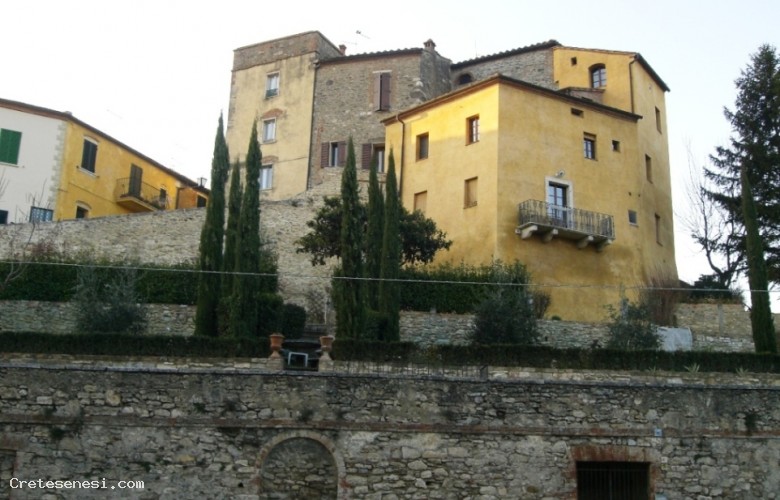
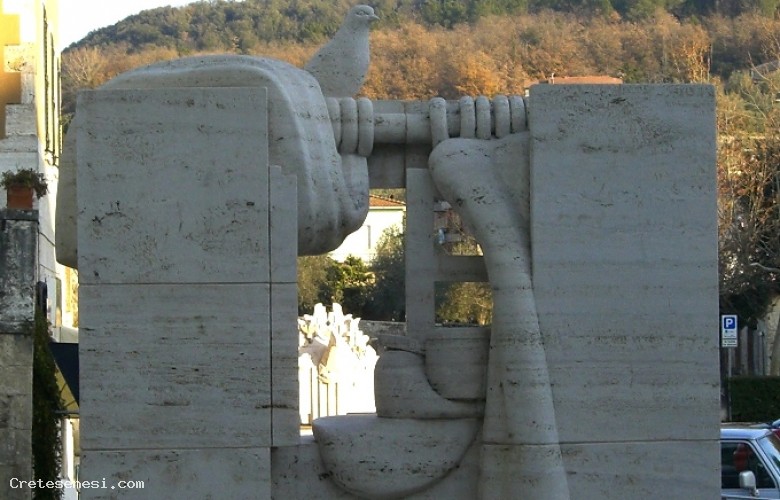
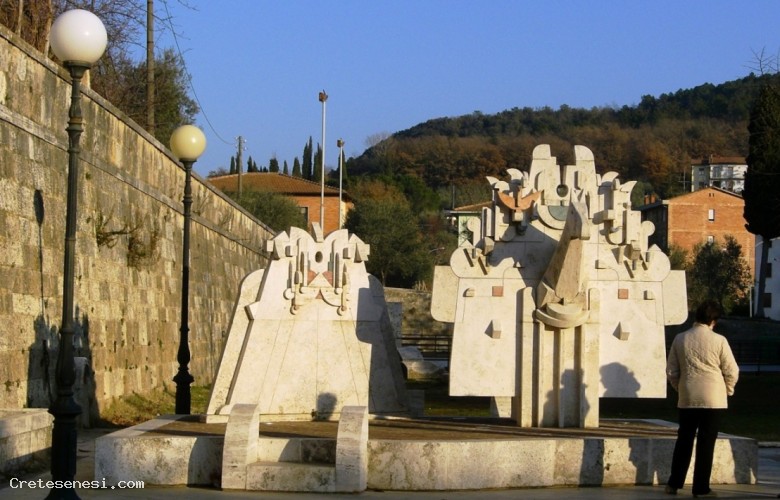
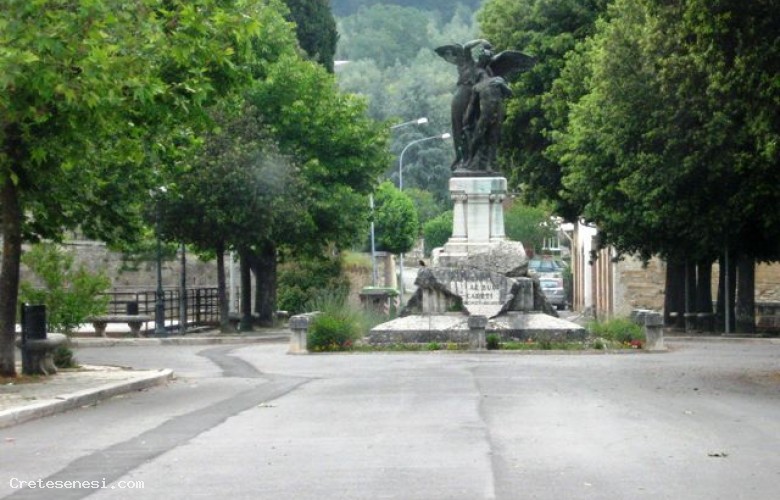
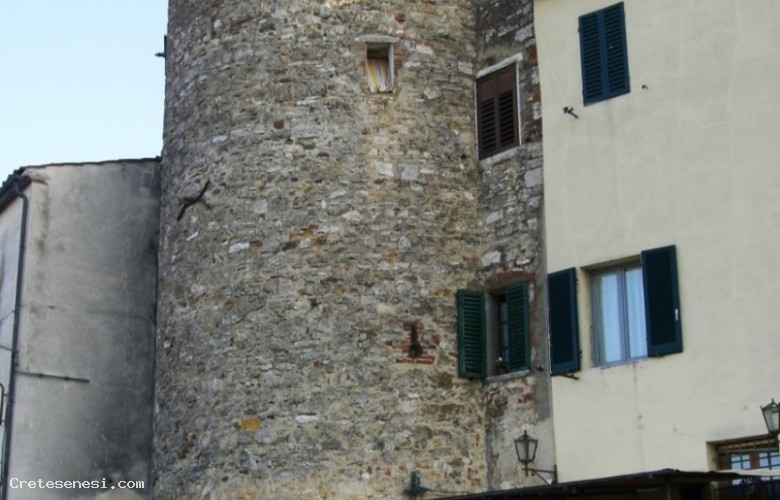
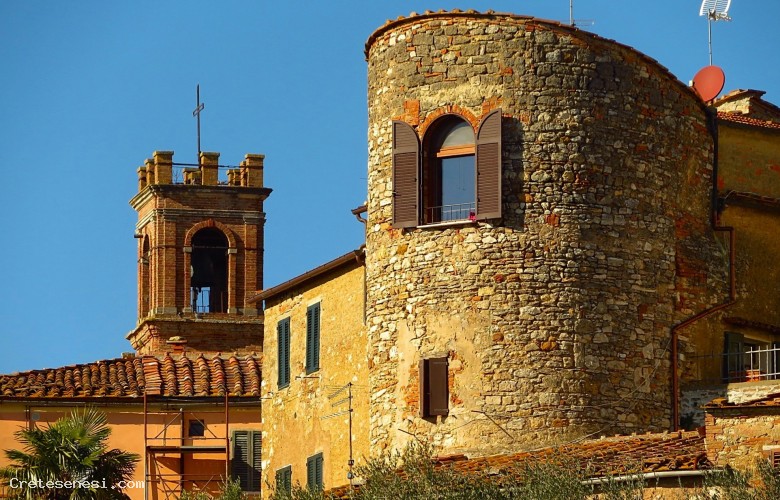
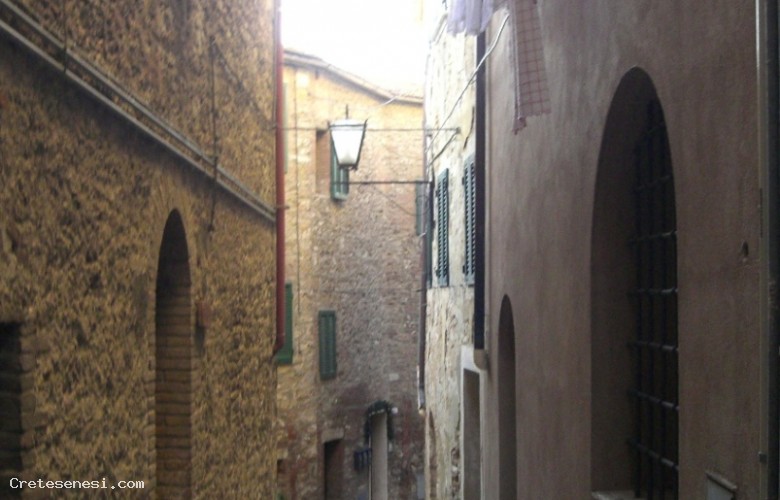
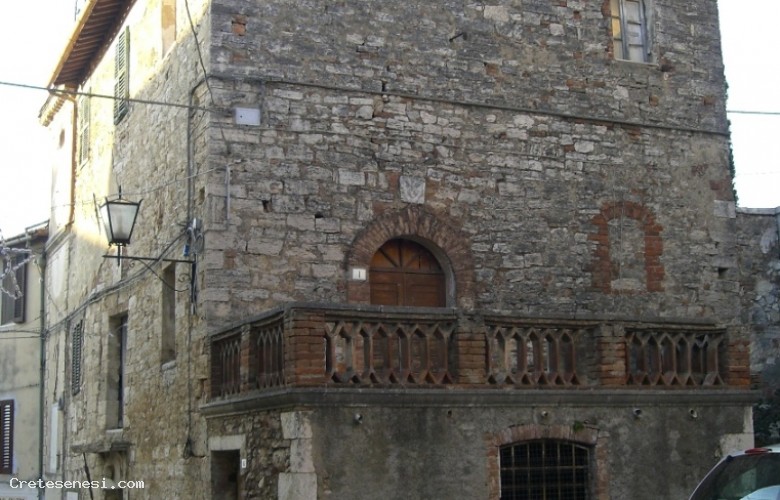
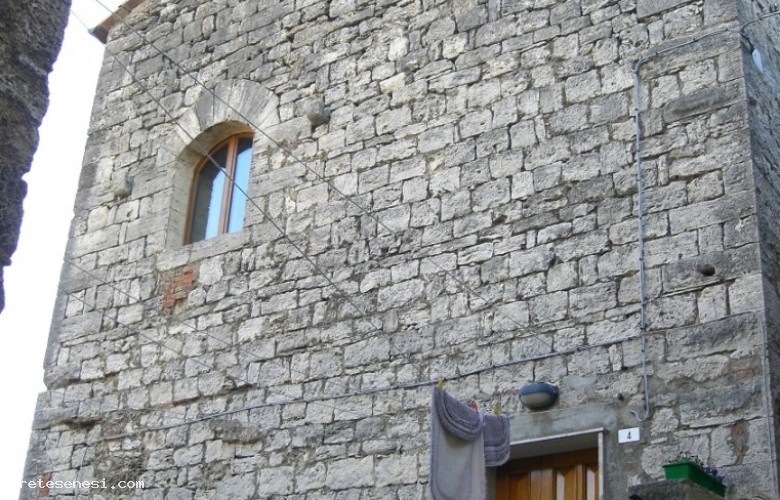
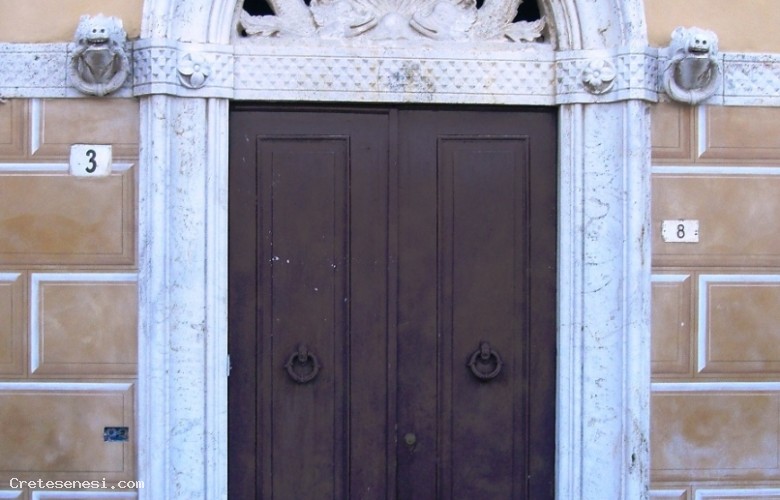
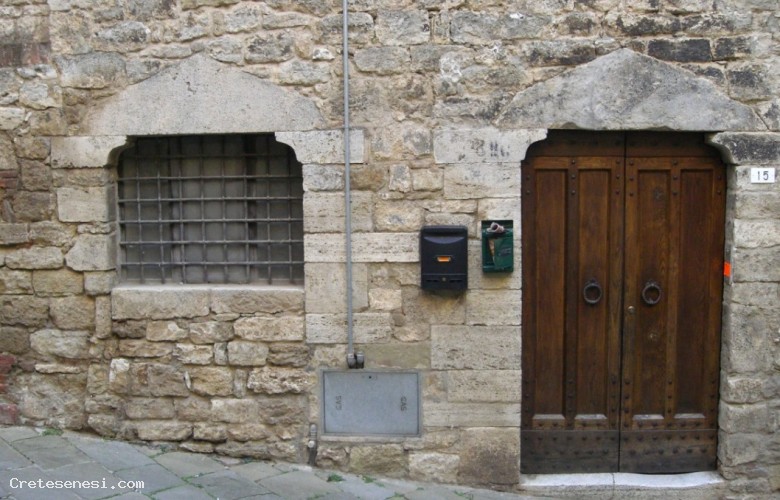
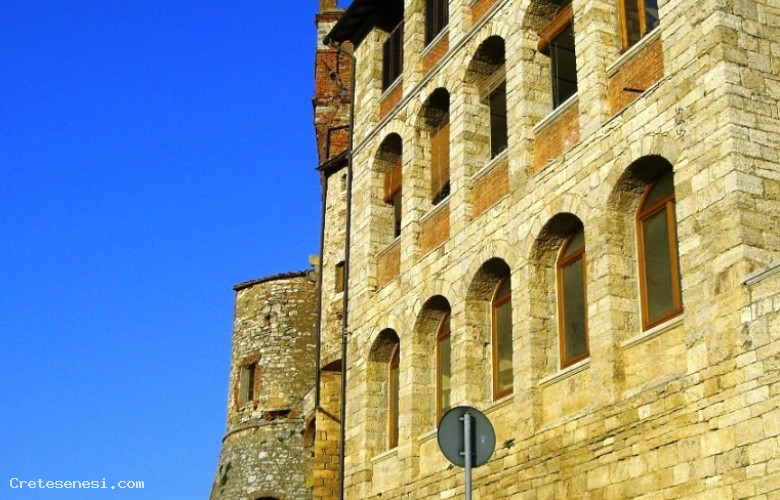
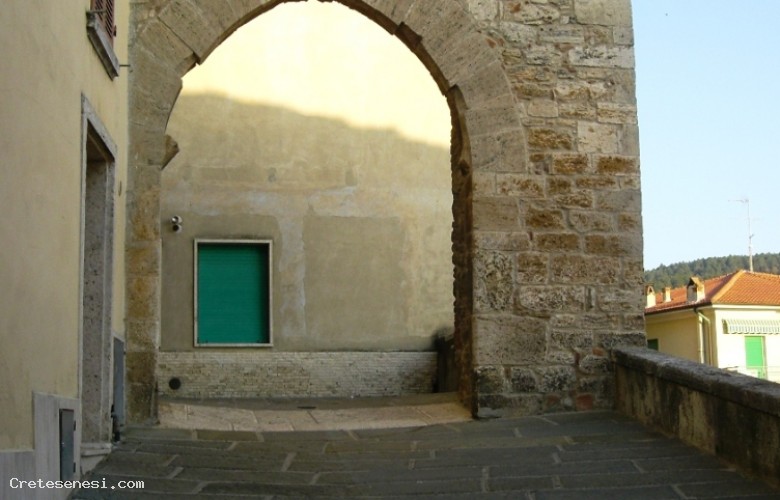
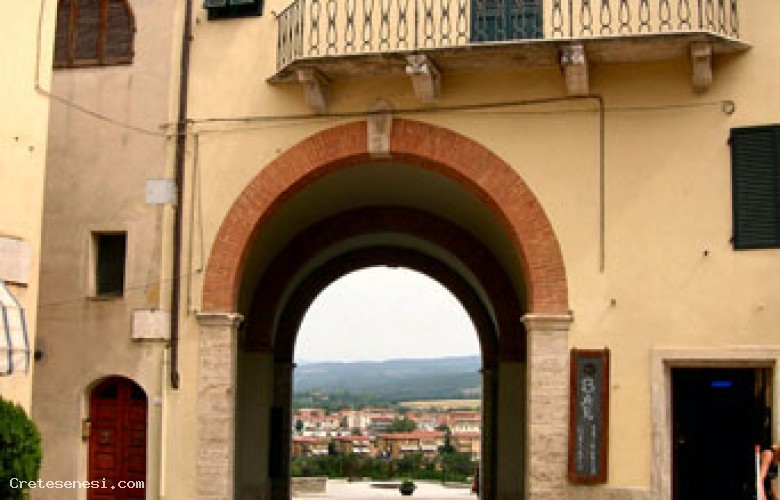
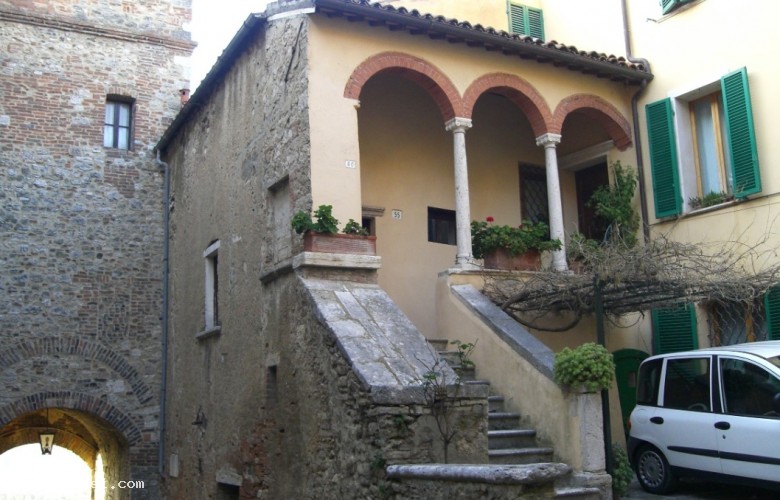
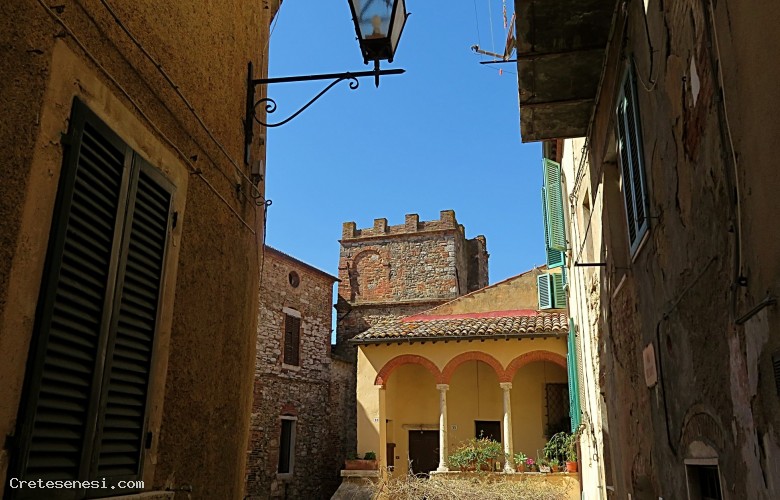
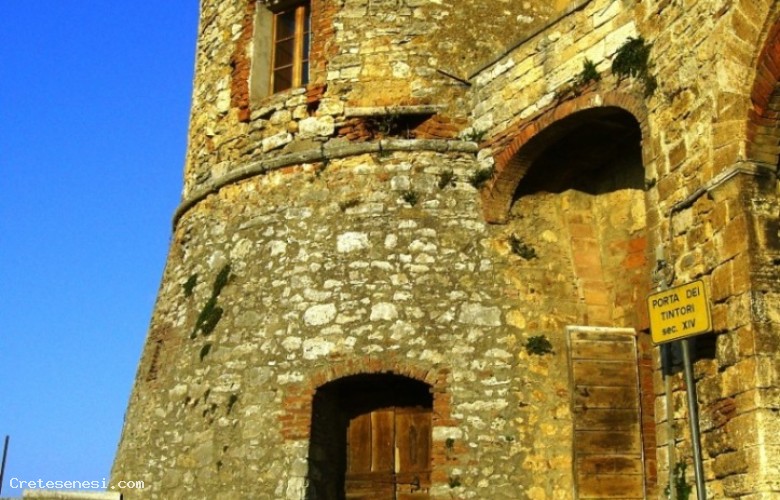
.jpg)
In the Middle Ages the territory of Rapolano was part of the properties of the Counts of the Scialenga who dominated over the main castle of the area. Very soon( already in the last part of the XII century) the Scialenghi were obliged to recognized the sovereignty of Siena on their possessions. In the XIII century the subordination to the commune of Siena became total; the main castle, Rapolano, was declared “border castle” and made a podesta’s seat in 1265-1266. At that time the thermal waters of Rapolano were already famous and active in Roman period, as it is testified by the important archaeological findings in the area of Campo Muri, waters which gush out in different places around the village, creating hidromineral baths attended for the cure of numerous diseases. Because of its position at the border with Siena, the castle was attacked and taken several times and the Florentines, in the XIII century, devastated it three times: in 1208, 1233-1234 and in 1253. Other destructions are of 1306, when the castle became a shelter for the Guelph soldiers; in the XV century, during the Aragonese wars, and in 1554, during the conflict which will lead to the fall of the Sienese Republic. Annexed to the Medicean Granduchy, Rapolano continued to be the administrative centre of the homonymous “podesteria” which included four communities(Rapolano Terme, Serre, Armaiolo and Poggio Santa Cecilia). With the Leopoldin reforms, the podesteria was turned into a community and, after the national reunification, into a commune.
In the Middle Ages the territory of Rapolano was part of the properties of the Counts of the Scialenga who dominated over the main castle of the area. Very soon( already in the last part of the XII century) the Scialenghi were obliged to recognized the sovereignty of Siena on their possessions. In the XIII century the subordination to the commune of Siena became total; the main castle, Rapolano, was declared “border castle” and made a podesta’s seat in 1265-1266. At that time the thermal waters of Rapolano were already famous and active in Roman period, as it is testified by the important archaeological findings in the area of Campo Muri, waters which gush out in different places around the village, creating hidromineral baths attended for the cure of numerous diseases. Because of its position at the border with Siena, the castle was attacked and taken several times and the Florentines, in the XIII century, devastated it three times: in 1208, 1233-1234 and in 1253. Other destructions are of 1306, when the castle became a shelter for the Guelph soldiers; in the XV century, during the Aragonese wars, and in 1554, during the conflict which will lead to the fall of the Sienese Republic. Annexed to the Medicean Granduchy, Rapolano continued to be the administrative centre of the homonymous “podesteria” which included four communities(Rapolano Terme, Serre, Armaiolo and Poggio Santa Cecilia). With the Leopoldin reforms, the podesteria was turned into a community and, after the national reunification, into a commune.